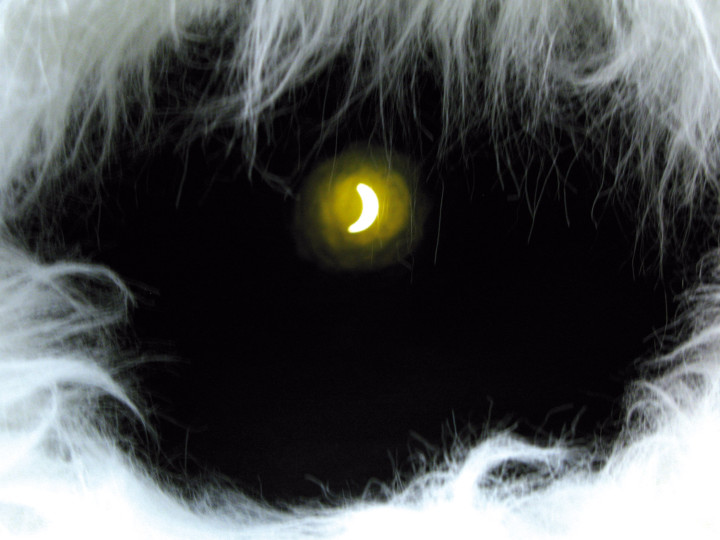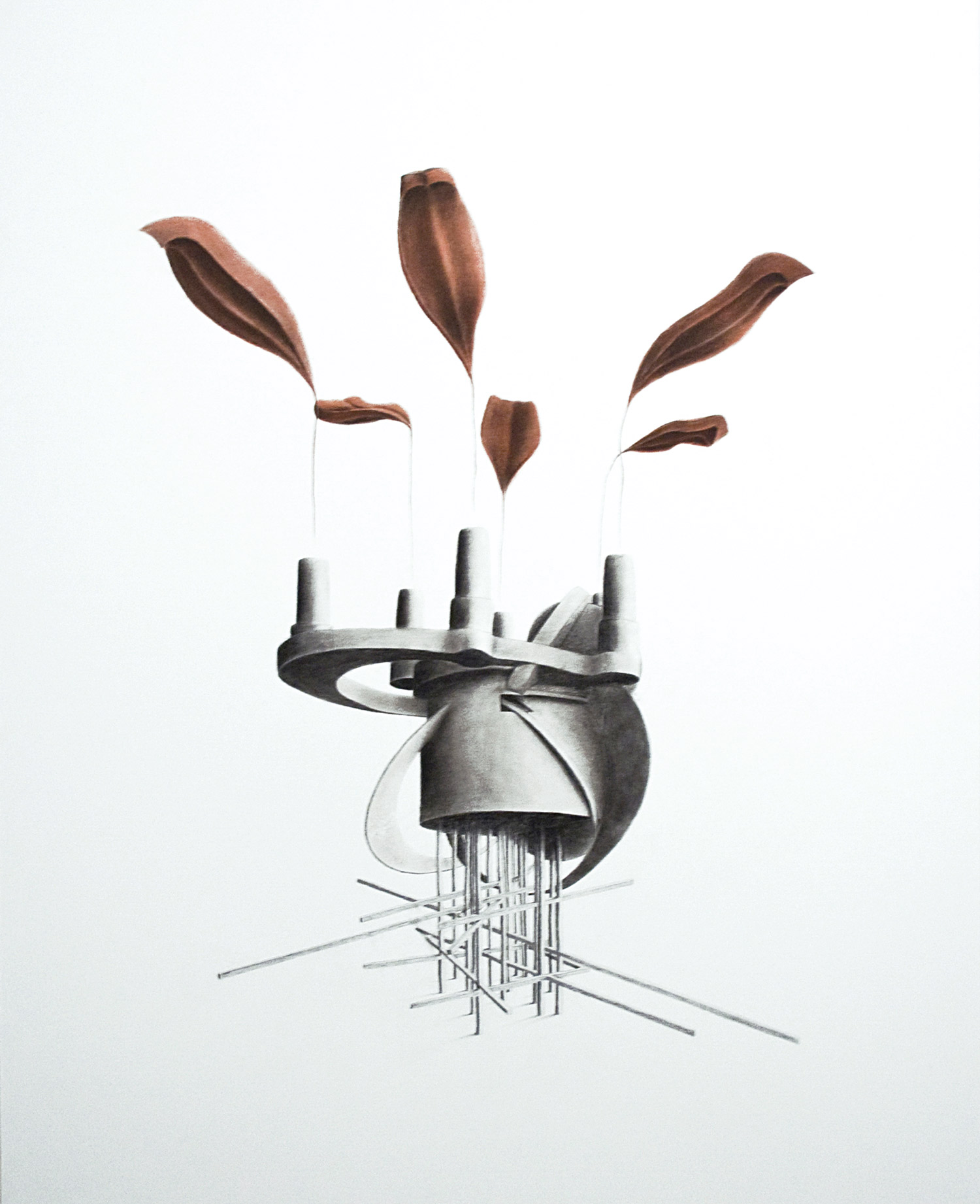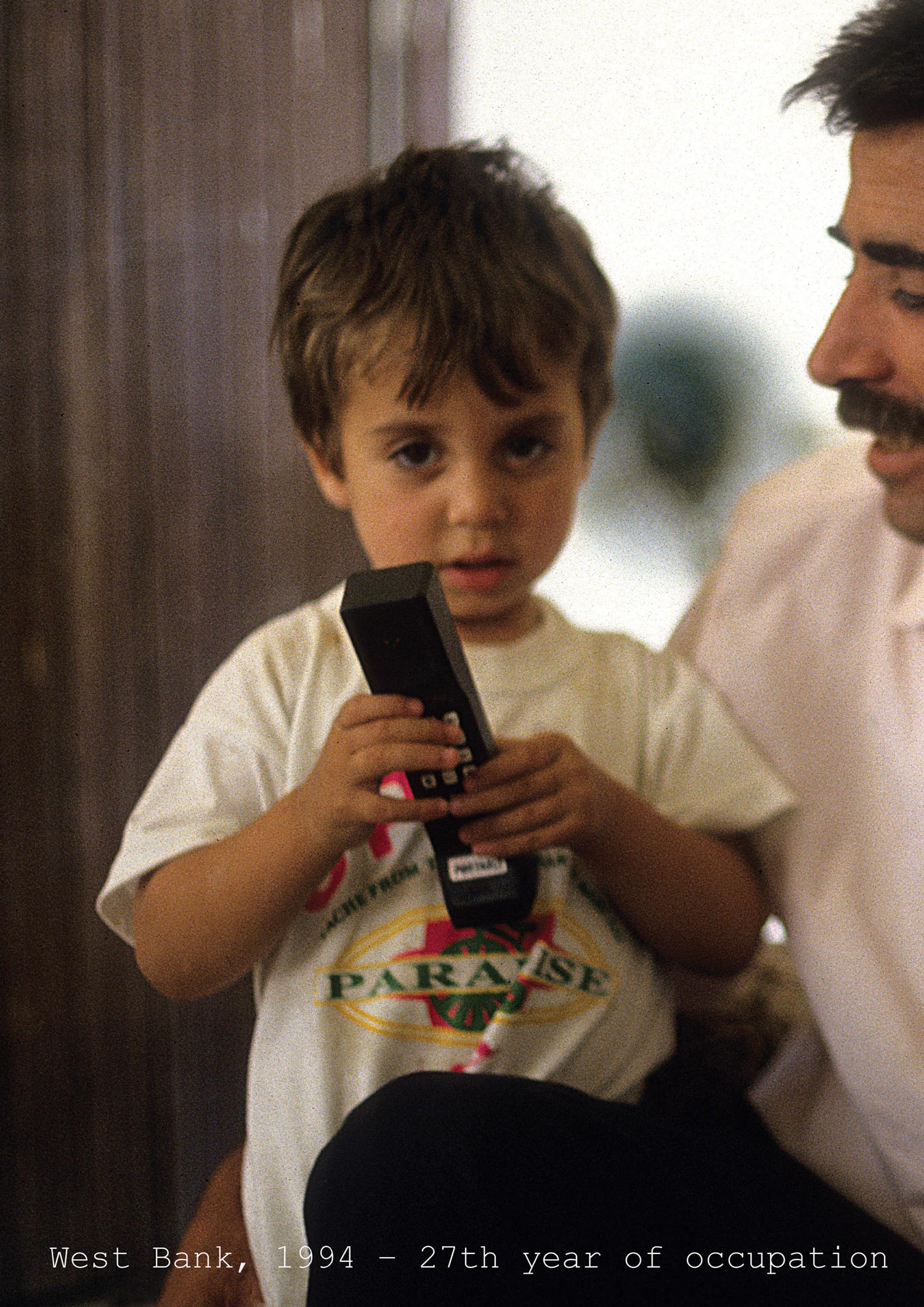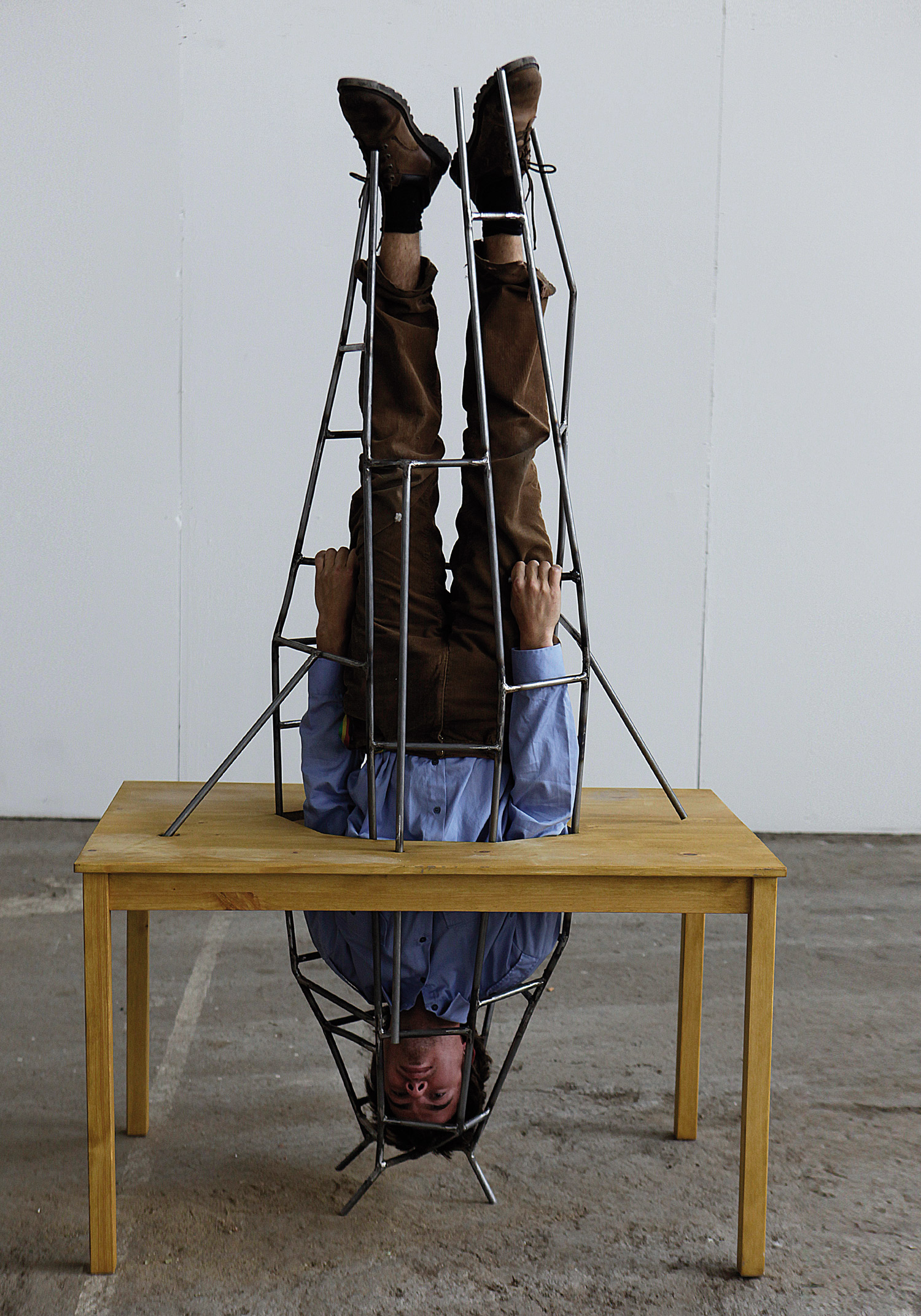
Laughter, shame, fear, love, anger, happiness, euphoria, boredom, depression… and if irony was an emotion, then especially irony. “Emotions” is the most recent large-scale project of Nedko Solakov. Shown already in the Kunstmuseums in Bonn (2008) and St. Gallen (2009), the final part of the project, “Emotions (without masks)” at the Institut Malthildenhöhe in Darmstadt, was unexpectedly and radically different from the first two “Emotions” exhibitions. With a typically Solakovian manner of transforming and energizing the gallery space, the exhibitions at the Sofia City Art Gallery (2009) (his first retrospective in Bulgaria) and in Darmstadt showed again how Solakov’s various stories and texts create a system of total mediation of the world. Within this system the figure of the artist stands between reality, the work and the institution as a privileged participant in an endless game of possible acts of communication and signification of the “real.”
Sometimes this can mean putting reality into quotes, which is exactly what we saw in the exhibition in Sofia where, at the entrance to the gallery space, large quotation marks of stuffed velvet [Quotations (2009)] were placed, turning the world outside into a big quote in the exhibition. In Darmstadt, however, the focus was on the art world and the artist’s ability to play with its conventions, institutions and rules of communication. By way of introduction Nedko Solakov said, “I have done so many exhibitions, so many solo shows. I keep trying to make them different, at least for the cliché reason of amusing myself first and then amusing the viewers. Sometimes it works, sometimes it doesn’t.”

The artist uses this fatigue from the routine of the art world — and it seems to be a fatigue of being a producer rather than an author — both as an excuse and motivation to do something else, to start playing and changing what is expected. “Emotions” at Malthildenhöhe wasn’t what it was planned to be, therefore making the public either exited or angry about not seeing the expected show (some visitors even wanted their money back.) Inspired by the previous Malthildenhöhe exhibition “Masks: Metamorphoses of the Face from Rodin to Picasso” (2009), Solakov decided to leave the whole layout in place — including plinths, showcases, hooks, devices, covers, spotlights — except for one thing: the masks. Moreover, works from the “Emotions” project (“Some Nice Things to Enjoy While You Are Not Making a Living” as well as series of drawings, videos, etc.) were left packed up in the crates they arrived in, and stayed there till the end of the exhibition. Only two of the crated pieces were displayed at the end of the succession of rooms, in a storage area, because of the demands of the lenders — an Italian collector and a Dutch museum director. In the empty, quiet, somewhat theatrical space, the viewer could only see the minutely crafted model of the “real” exhibition “Emotions,” with the crates placed on the spots in the exhibition space where they were supposed to be according to the curator’s plan. In the blank areas without masks, wall labels and reference materials from the just-ended show stood as strange, surreal lyrics, competing somehow with Solakov’s typically small, handwritten texts and creatures all over the place, pointing to nail holes in the walls and other almost-invisible things in the space. These details fragmented the space and focused the viewer’s attention to certain parts of it, as if what the artist pointed at was “reality” (a physical reality.)

These short narrative structures transform the space into media by working with it primarily as a specific physical environment that the artist inhabits over a certain period of time, rather than a place for art. Nedko Solakov seems to enter into some kind of competition with the institution and, in this particular case, the routine production of the art world, “claiming” its function as an intermediary between the artist and the viewer. This post-modern and post-conceptual game with authority is ironic and paradoxical — the artist simulates his Authorship with a capital “A,” though physically, emotionally and mentally always remaining “simply” Nedko Solakov.
The unique ability to tell stories in a personal and at the same time artistic style is one of the most special and consistently developed elements in Solakov’s works. It can be traced back to early pieces such as Top Secret (1989-90), perhaps the most controversial and discussed work of the artist, along with the series of 99 drawings, “Fears,” that was included in Documenta 12 in 2007. The chest-file contains in alphabetical order notes with texts, drawings and small objects that tell about the life of the author and about the period between 1976 and 1983, when, as a student who believed in Socialism, he collaborated with the secret service of the former political regime in Bulgaria. The retrospective at the Sofia City Art Gallery was organized in a similar way, building upon both personal and artistic stories, in the form of a large installation of paintings, objects, documentary photographs, posters, catalogues, prints and videos. As if carelessly placed into the center of the gallery, upon The Yellow Blob Story (1997-), and sprawling on the floor, they suggested the idea of a chronological archive. The perception of immediacy and apparent chaos was heightened to an absurd degree with A Life (Black & White)(1998-): painters who were constantly repainting in black and white the walls of the gallery, spinning endlessly around the works in the center. With less laughter and daily absurdity than usual, the texts in the exhibition (shown for the first time in Bulgaria) told about the life and career of the artist, from his earliest works in 1980s to the present. It was nevertheless the logic of sharing or of a strange, public rapport, that involved the viewers in “the story” of the exhibition as well as the story of Nedko Solakov. Not just his personal and professional life, but the whole of reality can be mediated and transformed through the figure of the artist who, by developing a text/narrative, builds a parallel world within the frame of the work, sometimes turning the work into an institution in itself that has the authority to tell the truth — as in the early installation The Truth (The Earth is Plane, The World is Flat) (1992-1995).

A similar principle, yet much more complicated, is present in the newer works like the one included in Prospect 1 New Orleans Biennial in 2008: A Recent Story with Ghosts, a Pair of High-Heeled Shoes, (a couple of floods) and Some Other Mischievous Acts (2008). The story features and connects different events and disasters from recent floods in a Bulgarian village named Tsar Kaloyan to hurricane Katrina. The accidental, blind and senseless tragedy is turned into a “fantastic” absurdity through the story that goes back to 1205, when the Bulgarian Tsar Kaloyan defeated Baldwin I — the Latin emperor of Constantinople at that time. Furious about the suffered defeat, after Baldwin’s death his ghost begins to take revenge on Tsar Kaloyan. Where normal (social and political) logic breaks down, fiction begins, giving way to all kinds of strange events, as when a building (closed to Tsar Kaloyan Street in Sofia) collapses “by itself,” killing two girls; or when the former head of the Ministry of State Policy for Disasters and Accidents in Bulgaria shows up in high heels in the middle of a mud puddle after the flood.





